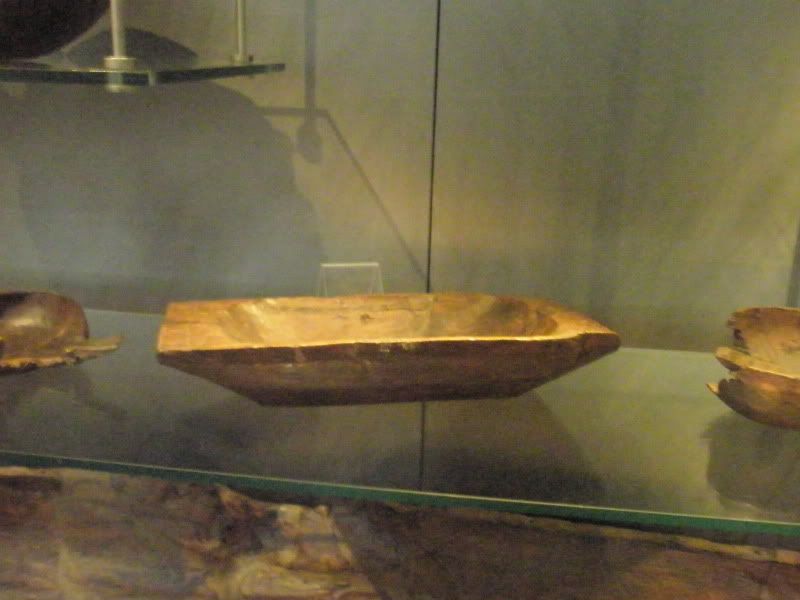A profile of Fennel and it's uses prior to 1600
The
modern scientific name for fennel is Foeniculum vulgare Which
refers to common Fennel commonly found as a weed of roadsides and untended
ground both in Australia and abroad. The second type commonly called sweet or
Florence fennel is classified as Foeniculum
vulgare Azoricum group, these fennels have a more developed “bulb” of
fleshy stems at the base and somewhat
sweeter flavour (Facciola 1998).
 |
| Common fennel growing wild. |
Its relatives :
Fennel is a perennial plant belonging to
the same family as parsley dill and carrots, the APIACEAE family. The
distinguishing feature of this is the upside down umbrella arrangement of
flower stalks. Fennel flowers share this shape and have yellow flowers
clustered at the end of each flower stalk making a perfect landing platform for
pollinating insects.
Its uses:
All parts of this herb can be used from the
fleshy stem bases or bulb to the anise flavoured seeds. Modern usage is as
broad as it’s historical use which shall be discussed shortly.
Archaeological evidence:
Fennel seed is a hard seed able to pass
through the human digestive tract without being destroyed to the point of being
unidentifiable. Given this fact and the
ability of archaeologists to locate cesspits and sewers it is possible to find
locations where fennel seed is part of the archaeological record and is most
likely there due to the human digestive system.
Table 1 a list of
combined culinary/horticultural texts and archaeological evidence for the
presence of Fennel at specific times and in specific regions
The cuilnary use of fennel
How was fennel used across a wide raange of locations and cultures?
Table
2 A selection of Texts with culinary information indicating the types of
dish fennel has being used for.
Anonymous
Andalusian Cookbook: 13th Century spain (Andalusia)
This perhaps provides a most distinctive
use of fennel, partnered with citron leaves (Citrus media) in 11 dishes, also with coriander, onion, rue,
saffron
Stalks are the most common
part indicated, leaves are mentioned once and chopping of stalks mentioned
twice. The most common method of preparation mentioned for fennel is in the
parboiling of foods which are then baked or simmered in the coals.
18 dishes Used cooked, used
as a garnish but only with one mention
o
9
poultry dishes, 7 Chicken, one Goose and one Crane
o
1
vegetable dish (Eggplant)
o
3
unspecified meat
o
2
Lamb
o
1
large fish
o
2
Rabbit
Le Menagier de Paris : 1390 France
Fennel is only mentioned in a few recipes
in this text.
- An omelette, egg dish, along with celery, tansy, mint lovage,
sage, sweet majoram, parsley, silver beet, violet leaves, spinach, as the
majority of the ingredients are generally used as fresh leaves I would
suggest that in this case the leaves be used.
- Used in a preserve,
possibly two one which could is a recipe for mixed vegetable/herb root
compote and contains green walnuts the second which is a recipe for
pickled walnuts. The description of how to prepare roots may indicate that
the root/lower bulbous stem of fennel is the part intended for use,
although in the later part of the recipe fennel seeds would be as
appropriate.
- o
Pork
sausages. The fennel called for is ground, which makes fennel seeds more likely
particularly as they are then mixed with powdered spices.
Wel ende edelike spijse: Late 15th Century Dutch
Two recipes contain Fennel
o
Vegetable
stew, which uses fennel seed in addition to several spices in a dish of
cabbage, figs and parsley roots.
- Sturgeon with fennel. The name says it
all, catch and cook your sturgeon, and sprinkle it with fennel, fresh
leaves or seeds are not specified.
So it becomes clear that fennel was a widespread and most likely universally known condiment, ingredient and medicine throughout Europe and across diverse cultures prior to the 17th century.
References
·
Marta Bandini Mazzanti ·
Giovanna Bosi , Anna Maria Mercuri , Carla Alberta Accorsi , Chiara Guarnieri : (2005) “Plant use in a city in Northern
Italy during the late Mediaeval and Renaissance periods: results
of the archaeobotanical investigation of “The Mirror Pit” (14th–15th century
a.d.) in Ferrara” June 2005, Vegetation History Archaeobotany 14:442–452
A Roll of Ancient English Cookery Compiled, about A.D. 1390 Produced by Tobin
Richard, Charles Franks, Greg Lindahl, Cindy Renfrow and the Online Distributed
Proofreading Team.http://www.gutenberg.org/etext/8102
· Le Menagier de Paris translated from the French edition of Jerome
Pichon published in 1846. Footnotes marked JP are by him; those marked JH are
by Janet Hinson, the translator; those marked DDF and EGC are by David Friedman
and Elizabeth Cook, respectively. (c) Janet Hinson
http://www.daviddfriedman.com/Medieval/Cookbooks/Menagier/Menagier.html
·
Sylvia Landsberg, The
Medieval Garden, British Museum Press, Thames and Hudson, Italy.
ISBN 0714120804
·
. Strabo, Walafrid. Hortulus. Translated
by Raef Payne. Commentary by Wilfrid Blunt. (Pittsburgh: Hunt
Botanical Library, 1966)
Facciola, Stephen. Cornucopia: A Source Book of Edible Plants. 1990. 677 pp. Paperback. (LC 90-92097, ISBN 0-9628087-0-9). Kampong Publications,
·
A HISTORY OF GARDENING IN ENGLAND. by The Hon. Alicia. Amherst
... A History Of Gardening In England. by Hon. Mrs.
Evelyn. Cecil (Hardcover - 1 Jan 1896 reprint 1969




















